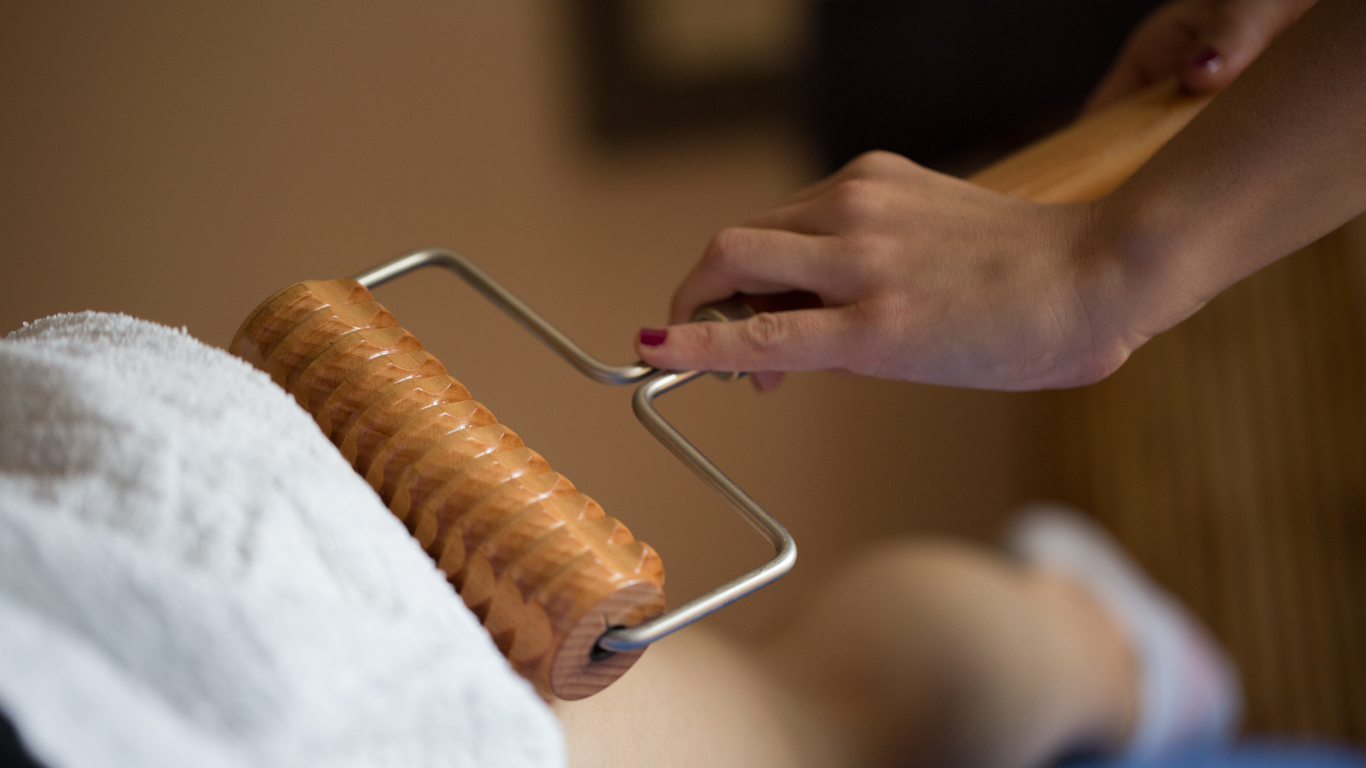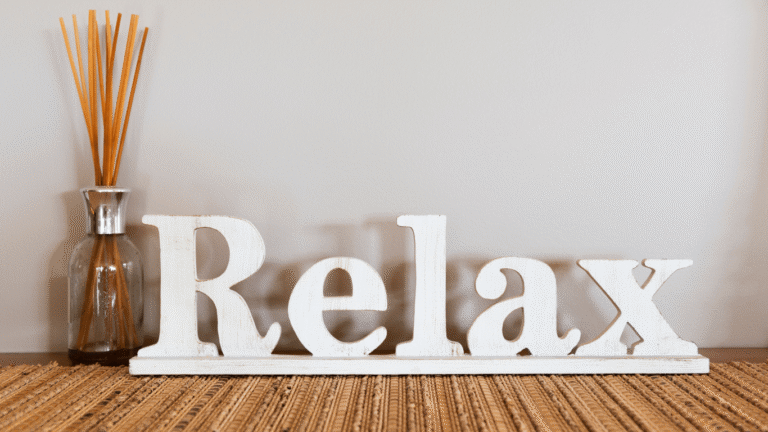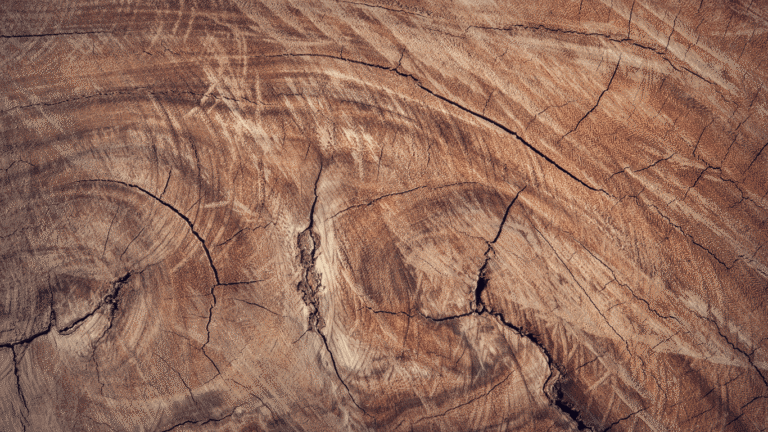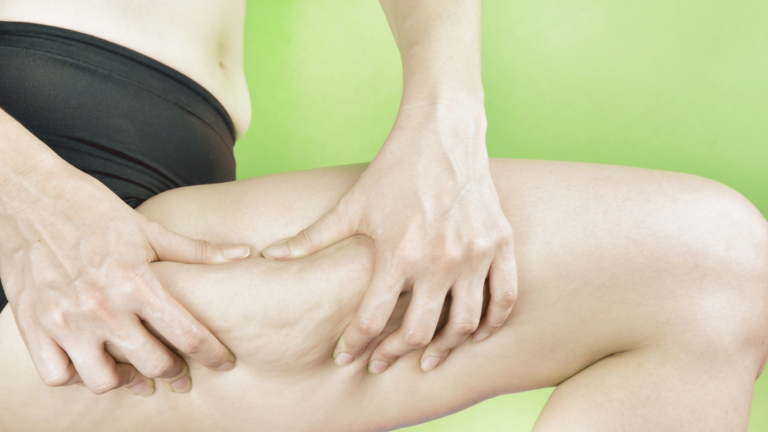Maderotherapy Danger: Are there any risks associated with this age-old technique?
Introduction
Maderotherapy, an ancient massage technique using wooden tools, is gaining in popularity thanks to its promise to reduce cellulite and tone the skin. This method is attracting more and more enthusiasts looking to improve their physical well-being and appearance. However, like all wellness methods, it raises questions about its safety, especially when it is carried out without a good command of massage techniques. The term "maderotherapy danger" is frequently searched for on the Internet, reflecting the concerns of many enthusiasts. In this article, we take an in-depth look at the potential dangers of madero therapy, both in general and for those who wish to practise it themselves.
Contents
Dive into the history of Madero therapy
Maderotherapy has its roots in Colombia, where it has been practised for centuries for its beneficial effects on body and mind. Using a series of wooden tools, this method aims to stimulate blood circulation, improve lymphatic drainage and reshape the body. The wooden tools, which come in different shapes and sizes, are used to exert pressure on specific areas of the body, helping to break down fatty deposits and improve skin texture.
The often-cited benefits of maderotherapy include cellulite reduction, improved skin firmness, better blood circulation and general relaxation. Practitioners and enthusiasts of the technique claim that it helps to break down stubborn fat, stimulate collagen production and promote healthy blood flow, while providing a feeling of deep relaxation.
Maderotherapy danger: potential risks
Although beneficial for many, maderotherapy can present certain physical risks. The use of certain wooden tools can cause bruising, especially if the pressure applied is excessive. Too high an intensity can lead to muscle pain, especially for novices. In addition, people with sensitive skin may develop redness and irritation in response to the friction of wooden tools.
Maderotherapy is not recommended for certain people, particularly those with serious circulatory problems such as varicose veins or coagulation disorders, as well as those suffering from inflammatory skin conditions such as eczema or psoriasis. Pregnant women should consult their doctor before embarking on this practice. Similarly, people with heart problems should seek the advice of a health professional before starting maderotherapy.
Enjoy Madero therapy in complete safety
The choice of practitioner is crucial. Opt for someone qualified and experienced, with solid recommendations. A good practitioner will be able to adapt the session to your needs and limitations, thereby minimising the risks. Make sure the practitioner uses quality wooden tools and complies with appropriate hygiene standards to avoid skin infections.
Before the session, prepare yourself by moisturising your skin well and making sure you have no bruises or irritations. Communicate openly with your practitioner about your expectations and concerns to ensure a tailor-made experience. Good communication allows you to adjust the technique and pressure used, which is essential to avoid injury.

Home Maderotherapy: What you need to know
When you practise madero therapy at home, the risks can be magnified by a lack of knowledge and proper technique. Without training, it's easy to use inappropriate pressure or incorrect movements, which can lead to injury. Enthusiasm can also lead to tools being used too frequently or for too long, increasing the risk of skin irritation and bruising. What's more, it's crucial to clean tools properly between uses to avoid skin infections.
To minimise the risks when practising madero therapy at home, it's essential to follow a few practical tips. Invest in high-quality online training courses or tutorials to learn how to use madero therapy. proper technique. Start with short sessions using light pressure to allow your body to adapt. Check your skin regularly for signs of irritation or bruising and adjust your technique accordingly. Finally, clean your tools after each use with antibacterial soap and water to maintain proper hygiene.
The Importance of Oils in Maderotherapy
The use of oils for maderotherapy is essential. They reduce friction between the wooden tools and the skin, minimising the risk of irritation and bruising. Oils also make the tools glide more easily, improving the effectiveness of the massage. Specific oils, such as coconut oil or sweet almond oil, are often recommended for their moisturising and nourishing properties. To find out more about using MaderoTherapy tools, see this detailed article.
What do the scientific studies say?
Scientific studies on maderotherapy are limited, but some research has explored its potential effects. A study mentioned in the article " Journal of Clinical Medicine In a study published in the UK's "The Body" magazine, it was found that manual massages, including those using wooden tools, can improve the appearance of cellulite and the firmness of the skin by stimulating lymphatic drainage and blood circulation.
Conclusion
Maderotherapy offers many benefits, but it also carries risks, especially when practised without professional supervision. It is crucial to be well informed and to take the necessary precautions to enjoy this technique safely. If you choose to practise madero therapy at home, make sure you understand the appropriate techniques and monitor your body carefully to avoid injury. By choosing a qualified practitioner or following appropriate training courses, you can enjoy the benefits of madero therapy while minimising the dangers.
This article aims to give you a balanced perspective on the potential dangers of maderotherapy, both in general and in the context of home practice. By being well-informed, you can make informed decisions about your well-being and enjoy the benefits of this age-old technique with complete peace of mind.







